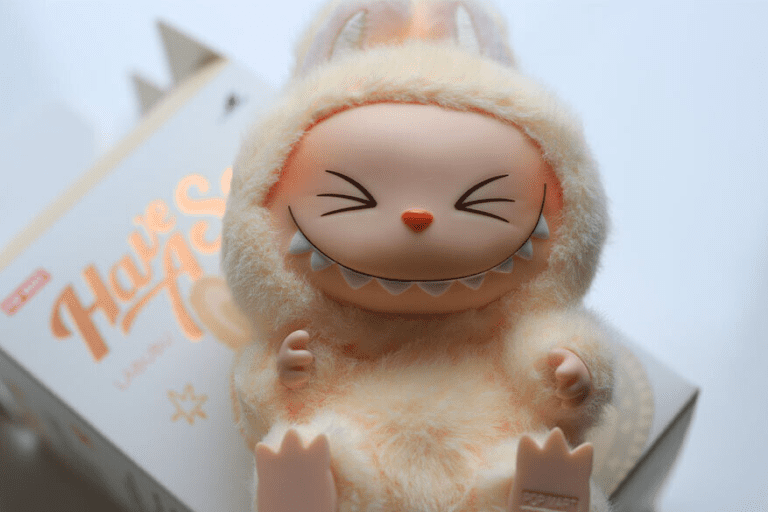Not too long ago, it felt like everyone in Singapore was on the hunt for a Labubu. Pop Mart’s mischievous little monster-like creature had gone from niche art toy to a full-blown cultural phenomenon. You’d see long snaking queues outside Pop Mart outlets in malls, collectors camping for drops, and resellers on Carousell asking for (and actually getting) hundreds of dollars for a figurine that cost a fraction of that in-store.
Back then, the thrill wasn’t just about the toy. It was about the chase — the blind boxes, the fear of missing out, the flex of snagging something rare. People were willing to pay a premium for status, or simply to own a piece of the hype.
But like most trends, the fever doesn’t last forever.
From cult favourite to market chill
Pop Mart, the company behind Labubu, has watched its market value tumble. Recently, Pop Mart’s stock lost almost US$13 billion (S$16.7 billion) which is about a quarter of its value. On the ground, you can feel that cooling too. The once-sky-high resale prices have softened, especially for newer or smaller figurines. Queues aren’t as intense in malls, and posts on Carousell don’t command the same jaw-dropping mark-ups anymore.
But it’s not that hard to see why. Scarcity was part of what made Labubu so desirable. However, as we started to see more editions roll out from Pop Mart, especially with its recent Labubu 4.0 drop, the novelty wears thin. What was once rare starts to feel commonplace. Add in the fatigue of constant drops, inflated resell costs, and the risk that today’s prized piece might not hold its value tomorrow, and collectors are bound to feel burnt out.
The hype cycle at work
Labubu had all the right ingredients to blow up: social media virality, celebrity nods, designs that were just the right mix of cute and creepy. While some might assume that it’s just a toy, others see it more as a fashion accessory or even a conversation starter. As a matter of fact, for a moment, it looked unstoppable.
But trends burn bright and fast. Pop Mart now faces the challenge of what comes after the craze: how do you sustain momentum once the hype machine slows down?
So, what now?
This doesn’t mean the end of Labubu or Pop Mart. For the brand, it may also be a chance to innovate. For instance, the possibility of introducing new characters, fresh collaborations, maybe even shifting beyond blind boxes into formats that feel less disposable and more collectible.
But as for the collectors, maybe it’s also time to pause and reflect. They have to ask themselves are you buying because of FOMO, or because you truly love the design and want it in your space?


